With Madagascar’s response capacity pushed to the brink by 5 consecutive tropical storms in 6 weeks, the country requested assistance from the EU Civil Protection Mechanism. Disaster response experts came to their aid from France and across Europe. Advance preparation and a swift response protected people from suffering even more.
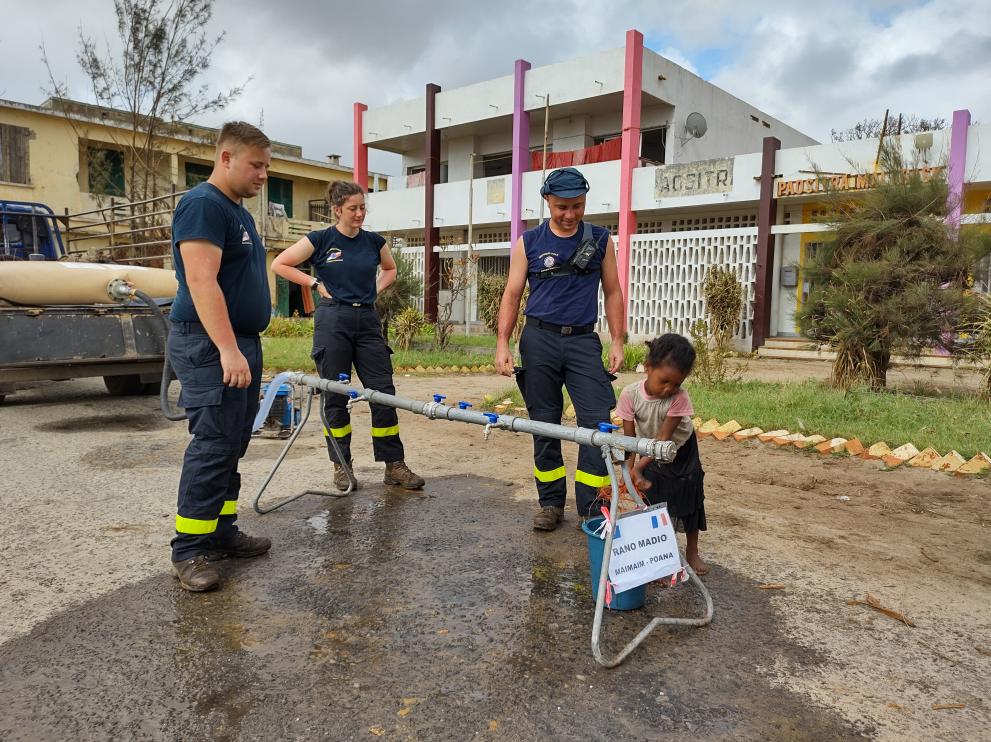
Tropical storms devastate communities. Strong winds, waves up to 15 metres high and torrential rainfalls cause destruction, flooding, landslides and mudslides – often well inland from where the tropical storm hit the coast.
When Madagascar was facing a barrage of storms that overwhelmed its response capacity, national authorities requested help. The EU’s Emergency Response Coordination Centre (ERCC), which coordinates the delivery of assistance from the 27 EU countries and 8 participating states in the EU Civil Protection Mechanism, sent experts from across Europe, including France.
The work of the EU disaster response experts was supported by long-term projects funded by EU humanitarian aid to prepare and educate local communities on what to do when a storm hits. Thanks to these combined efforts, a bad situation was prevented from becoming even worse.
Preparing the next generation to stay safe
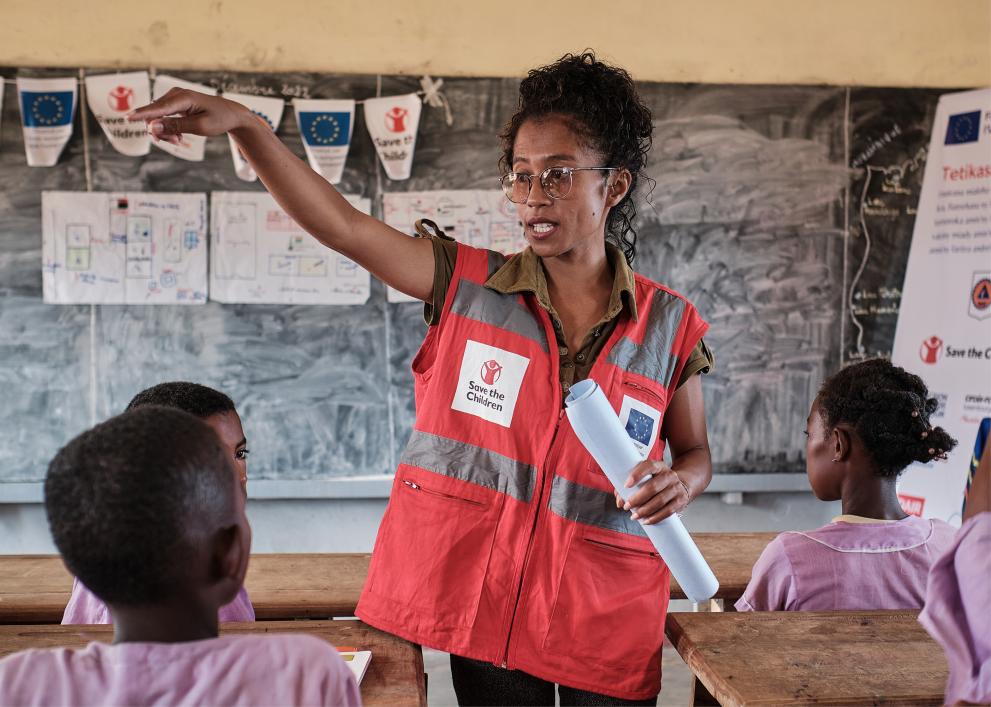
People in Madagascar face dangers during storm season and year-round, and many of them — malaria, malnutrition, flooding — are increasing due to climate change. Preparing local communities to understand and mitigate these risks is more important than ever.
Mirana R’Abel, a School Mobiliser Officer, uses games to help the children she works with understand the risks they face and how to stay safe.
R’Abel works for Save the Children International, which is leading a consortium of international NGOs to implement an EU-funded disaster risk reduction programme in Madagascar.
During the 2022 storms, R’Abel worked with students and their teachers to ensure that the children knew to stay home during and after the storms. Sometimes, the dangers the students face are new or different from those their parents are familiar with, so they don’t fully understand the risks.
Climate change has increased the intensity of storms, flooding can happen in areas it didn’t before, and high waters can be dangerous even after a storm has passed.
“The good thing about teaching kids from a young age is that they are more flexible, more adaptable. It can be hard to explain to adults who are used to doing things a certain way,” says R’Abel.
After being educated on the dangers after a storm, her students stayed home and safe from the floods, enabling responders to focus on helping others in need.
Responding safely
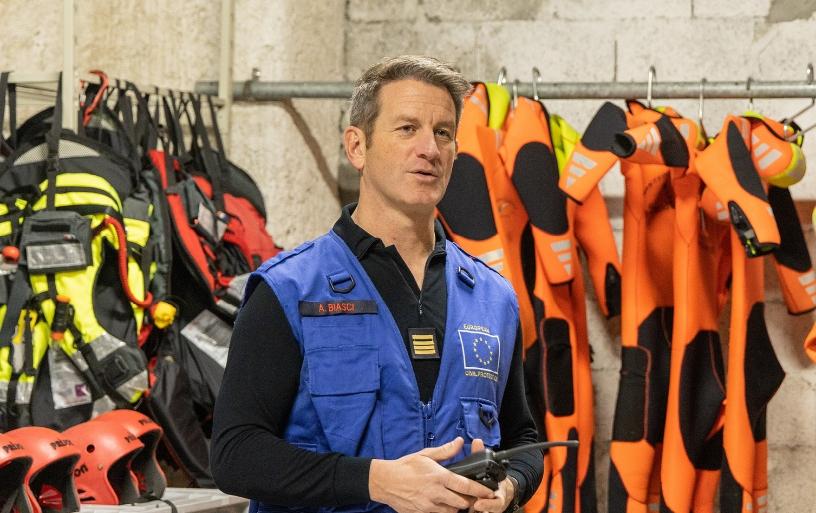
Alain Biasci, a Civil Security Officer from France, has responded to emergencies in Haiti, Guadeloupe, La Réunion and France. He was called to Madagascar to ensure the experts who had leapt into action as part of the EU Civil Protection Mechanism response were safe and could carry out their work.
Tropical Storm Ana, the first of 5 storms, had made landfall on 24 January, just a few days before Biasci arrived in Madagascar. People had fled their homes to seek shelter. Power was out in several provinces and bridges had been washed away.
And this was only the beginning. A week later, on 5 February, Storm Batsirai made landfall with wind speeds of up to 165 km per hour. It ripped across the island, destroying homes and schools and disrupting the water and electricity supply. Bridges, roads and transport links were ruined, leaving some of the hardest-hit areas inaccessible.
Biasci had to assess the situation, analyse the dangers and ensure that EU teams could safely operate while setting up medical centres and water purification points to help the population. Due to the damage caused by the storm, it was hard, dangerous work.
This is the most beautiful job in the world because we have the chance to help people and to make a difference in their lives.
Climate change, combined with population growth and rapid, unplanned urbanisation, has led to more people being exposed to the dangers of storms. In the past 30 years, there has been a 192% increase in the proportion of the world’s population living on tropical-storm-exposed coastlines.
The EU believes it is important to help governments and communities prepare and take early and preventative actions. That’s why it allocates more than €75 million of its annual humanitarian funding to targeted preparedness actions. This includes early warning systems, satellite monitoring of weather conditions, and building national and local capacities.
In 2021, the EU invested €76 million in 101 disaster preparedness actions in 30 countries.
Discover more stories

When fires broke out in Slovenia in July 2022, the EU’s Civil Protection Mechanism sprang into action. EU satellite mapping determined the progression and direction of the fires and Austrian helicopter pilot Josef Samonig used this to decide where to focus his firefighting efforts.
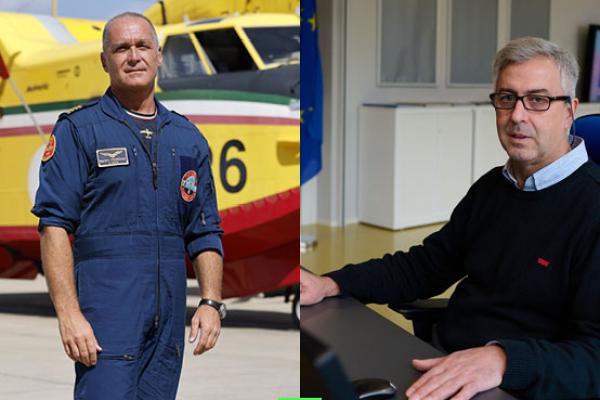
When wildfires broke out in Germany’s Harz National Park in September 2022, German authorities called on the EU’s Civil Protection Mechanism to help save the forest. Aided by EU’s satellite data, Italian pilot Martino Franchini flew in to help fight the blaze.
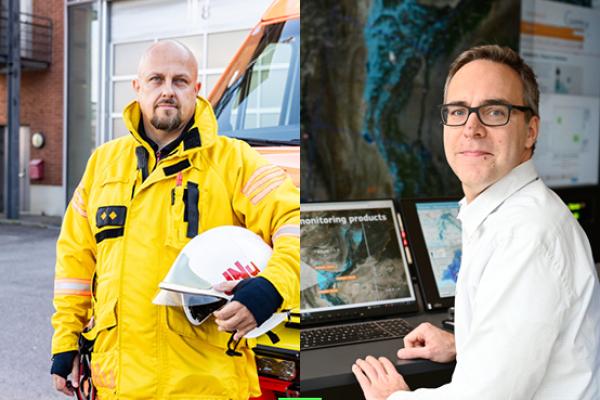
When floods in Pakistan washed away roads and made travel treacherous, authorities asked for help from the EU Civil Protection Mechanism. Guided by the EU’s satellite maps, Finnish logistics expert Juuso Nummela helped ensure life-saving aid arrived where it was needed most.



